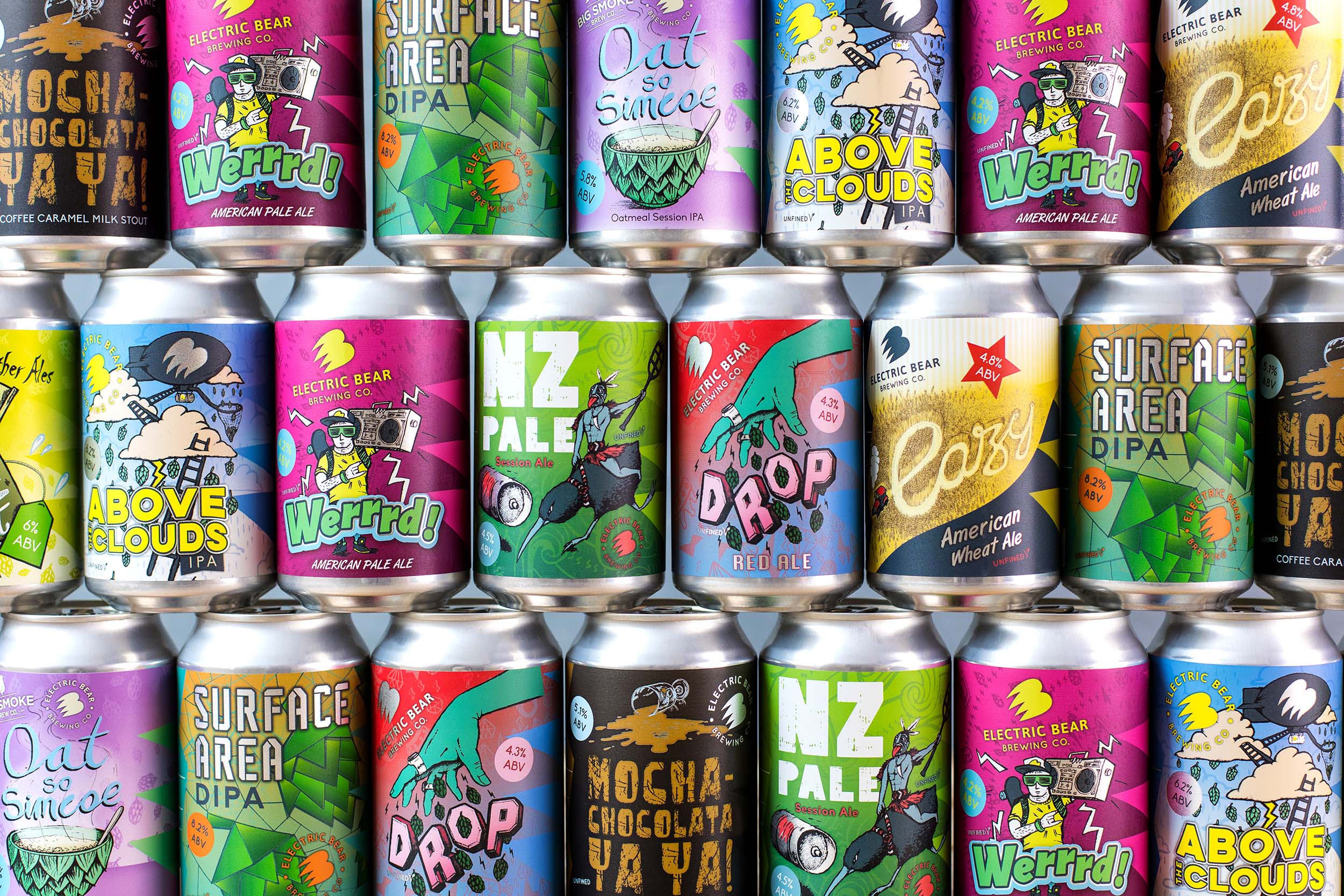I myself am not a lover of beer, but I am certainly a lover of art. So, although the pleasure I receive when walking down the supermarket aisles is not related to the alcohol, there is an aesthetic appreciation of the multitude of colours and graphics adorning almost every bottle and can in sight. Mind-blowing drawings, inventive effects and even timely political messages line the shelves.
Gourmet beers are particularly well-known for their arty covers. IPA cans could double as novel or comic book covers, and some craft beer bottles are so beautifully designed that you’ll be wanting to keep the glass just as a home decoration.
Today, beer labels are more than just brand identifiers. Aiming to grab your attention, innovative and creative designs tell their own story about the beers and breweries. Craft beer labels have evolved into an art form in themselves and have the fan bases to match; there are Instagram accounts dedicated solely to documenting the range of and creativity behind the labels, and some unopened bottles are even collectors’ items.
In 2017, the craft beer industry in America infused $76.2 billion into the US economy, and the Brewers Association estimates that around 6,500 craft breweries are currently operating in the United States. In a 2018 survey, 49% of men and 31% of women reported that they drink craft beer. A highly embellished label gives any drink a luxe, indie and unique feel, adding value and another dimension to the product. The packaging is the brand’s chance to showcase their product and story. Beer companies will often now have special graphic designers and illustrators to create their bottle art from scratch.
“A good label is something that someone would want blown-up and framed on their wall.”
Keith Shore, Art Director, Mikkeller Brewing
Beer graphics have been likened to album art or cartoons, where designers have historically experimented with new styles. Nevertheless, pretty designs on a can can’t hide the fact that the art is, at it’s simplest level, a marketing tool. But throughout the process, brewers view the labels as a way to lure in the creative impulses of their customers.
Craft beer may be an unlikely platform for visual experimentation, given the restriction of a bottle or can. Although the canvases they offer are small and required to present significant government-mandated information such as ingredients and alcohol content, they are a chance for brands to take their products to the next level.
“On the liquor store shelf, if you have to choose between two beers that you’ve never seen before, I think that the more attractive label will always get people to buy in,” says AJ Keirans, the founder and host of The 16-Oz. Canvas project, a podcast and website devoted to the art of beer labels. This summer, Keirand will host a two-week art installation featuring beer designers and breweries to highlight the medium.
A fun, thought-provoking and entertaining beer bottle warrants at least a second glance, and maybe as a result, even a second glass.
Image Courtesy of Kingdom and Sparrow

